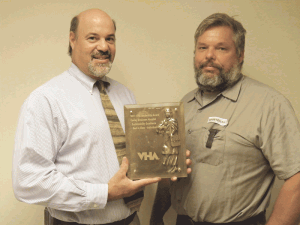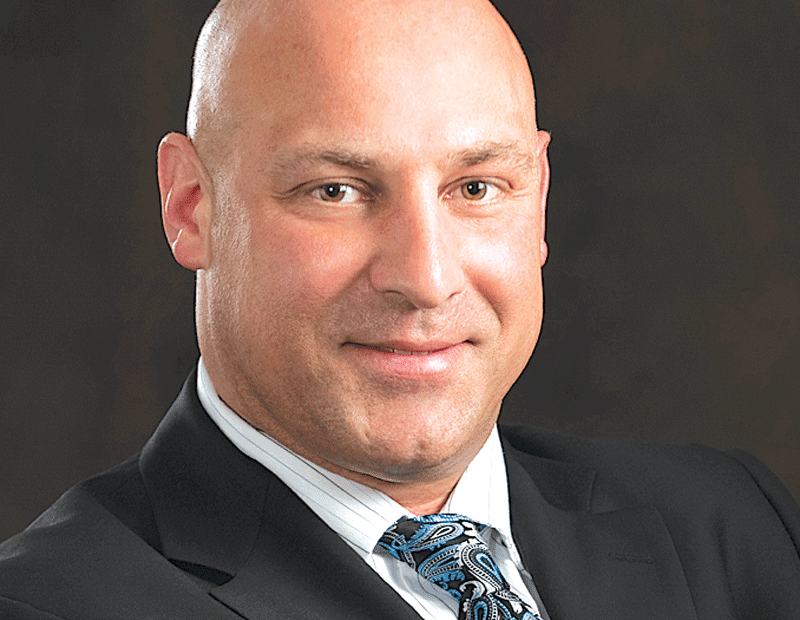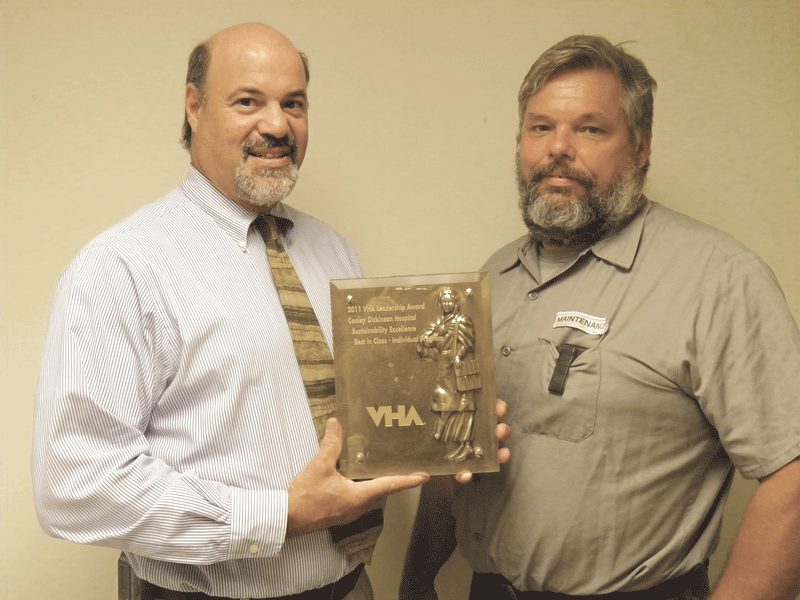Environment and Engineering
Environmental Compliance Can Come at a Steep Price
Massachusetts has adopted numerous laws and regulations to protect the quality of its natural resources. These laws provide a baseline of protection and are bolstered by municipal regulations that provide supplemental protection to state laws.I think we all agree that environmental protection is paramount. However, this protection often comes at a significant monetary cost. Why? Compliance with environmental laws and regulations can require a significant outlay of capital and time and is reflected in the price of land. It is the role of the land-development consultant to address these laws and regulations and assist developers through the permitting process.
This article is not meant to suggest that environmental laws should not be levied or provide less protection, and does not provide a comprehensive outline of environmental regulations. It should provide, however, a basic primer on typical environmental-development constraints and their respective roles in driving up land-development costs.
Let’s consider a theoretical parcel of land purchased by XYZ Land Development. XYZ believed it could save money and decided not to hire a land-development consultant prior to purchasing its parcel. XYZ purchased an exceptional parcel encumbered by a slew of environmentally related development issues. The parcel is interspersed with wetlands, located within an area identified by the Commonwealth as containing rare species, located predominantly within the 100-year flood plain of a nearby river, and is downgradient from a gasoline-storage facility. If we consider an identical parcel of land without these issues, you will see how these constraints drive up the development costs for this parcel.
Wetlands
Wetlands in Massachusetts are protected under the state’s Wetlands Protection Act and, in many cases, by additional municipal bylaws. Municipal bylaws are more restrictive and often impose no-build zones and/or additional requirements beyond the Wetlands Protection Act. Let’s assume our parcel is also subject to a municipal wetland bylaw that stipulates a 50-foot no-build zone from wetland boundaries.
By the time XYZ hired a consultant to identify wetlands on the property, leaves had fallen, and most vegetation was dead. Let’s assume it’s late November. Although a competent wetland scientist can identify the edge of most wetlands in late November, most conservation commissions require wetland boundaries to be verified when vegetation is actively growing. It should be noted, however, that certain types of wetland boundaries cannot be accurately identified without vegetation. And yes, you guessed it: the wetlands on our parcel can’t be accurately identified without vegetation.
Because identifying accurate wetland boundaries is one of the first critical steps in developing the parcel, XYZ must now wait at least five months before an accurate and defensible wetland boundary can be determined. Wetland issues (assuming the regulating agencies have no other concerns) have cost XYZ at least an additional five months of wait time, carrying costs, and potential lost revenue.
Rare Species
Concurrent with preliminary identification of wetland boundaries, the consultant filed an information request with the Mass. Natural Heritage Program (NHESP), the state agency tasked with enforcing the Massachusetts Endangered Species Act. A response letter from NHESP typically takes 30 days and provides only basic information on the identity of the species thought and/or known to occur on the parcel.
To provide a response, NHESP must understand the major components of the proposed development to determine if impacts to rare species may occur. This response requires the consultant to prepare a site plan illustrating, at a minimum, the proposed development, development limits, and other major site improvements. Upon initial review of the site plan, NHESP may request additional information, including the type of soils on the parcel, forest type, and other environmental characteristics.
A formal investigation of the parcel, called a Habitat Assessment, may also be required. For the sake of discussion, say a rare turtle and rare plant species occur on the parcel. It’s late November, and the turtle is snuggled down in the ground, and the plant is dormant for the winter and unidentifiable. Rare-species issues have cost XYZ a minimum of five months and up to one year of additional wait time, resulting in increased carrying costs and potential lost revenue.
Flood Plains
Although the parcel is not immediately adjacent to a river, more than 95% is located entirely within the 100-year flood plain. In Massachusetts, work within the 100-year flood plain has specific regulations and requires that the flood plain not be filled in. Generally speaking, fill within the flood plain, from grading, site work, and construction, results in displacement of floodwaters (at altered elevations) downstream at those same elevations.
This is a difficult concept to grasp. But let’s think of our flood plain as a cup of water. Imagine the cup is two-thirds full before you pour in a half-cup of sand. The water will overflow because it is displaced by the sand. A flood plain is no different. If you fill it in, its capacity to store a given volume of flood water is decreased.
This issue can be addressed more easily when a parcel has areas located outside (upgradient of) the flood plain. To meet the regulatory criteria for working within the 100-year flood plain, ‘compensatory storage’ must be provided. If you fill in 100 cubic yards of a flood plain, you need to offset this by providing 100 cubic yards of storage. This is accomplished by digging a hole at the same elevation to create what is referred to as compensatory storage.
The XYZ parcel does not have sufficient land located outside the 100-year flood plain to provide compensatory storage, and, unfortunately, the proposed development will require significant amounts of fill to be placed within the flood plain. If compensatory storage cannot be provided on the parcel, it must be provided at the same elevations on an adjacent parcel. To locate compensatory storage on an adjacent parcel requires additional surveying, engineering, and, obviously, landowner approval. Obtaining off-site compensatory storage cost XYZ six months.
Hazardous Waste
XYZ did not perform correct due diligence when purchasing its parcel, and decided to finance the sale privately. An environmental site assessment was not conducted, and XYZ assumed that, because the parcel was never developed, there would not be any hazardous-waste-related issues. XYZ did not consider the possibility that underground storage tanks on the adjacent, upgradient gasoline-storage facility may have leaked.
Well, guess what? They leaked. A lot. The extent of the leak was determined by installing a test well, sampling soil and groundwater, and performing laboratory analysis for contaminants. A significant volume of contaminated soil had to be removed, and long-term monitoring systems had to be installed to meet regulatory criteria. The legal costs of coordination with the owners of the storage facility cost tens of thousands of dollars and took almost a year. Disposal of contaminated soils was also expensive due to a particular type of contaminant.
This example clearly illustrates that compliance with environmental regulations can result in significant outlays of capital and time. I should note that the XYZ property actually exists and was successfully permitted. The names have been changed to protect the innocent.
John Prenosil is a land-development consultant with more than 14 years of experience. His company, JMP Environmental Consulting Inc., provides an array of land-development services throughout Massachusetts; (413) 272-0111; www.jmpec.net
Cooley Dickinson Cops National Award for Sustainable Practices

John Lombardi (left, with Assistant Director of Facilities Scott Johnson) says CDH has long made it a priority to promote healthy living and a healthy environment.
Cooley Dickinson Hospital in Northampton has long taken what it considers a leadership position in terms of green practices and operating philosophies. And now, it has some paperwork to back up those claims.
Indeed, the Volunteer Hospital Assoc. (VHA), a national health care network, recently presented John Lombardi, director of Facilities and Engineering at CDH, with its 2011 Leadership Award for Sustainability. That term ‘sustainability’ means using a resource so it is not depleted or permanently damaged, and the hospital has proven it has a burning desire — exemplified by its wood-burning co-generation system — to protect the environment and the health of the community.
Cooley Dickinson was one of only 13 health care facilities across the nation recognized at VHA’s recent annual conference in La Jolla, Calif. with a Sustainability Excellence/Best in Class Individual Program award.
In fact, its system is so unique and successful that Lombardi was asked to speak about it the week before he accepted the award at the Sustainable Hospitals 2011 conference in San Diego, sponsored by Active Communications International. The purpose of that conference was to help hospital officials understand how creating a sustainable environment can reduce operational costs, improve staff retention, and enhance the patient experience.
“It’s always been a Cooley Dickinson initiative to promote healthy living and a healthy environment,” Lombardi said, adding that it is the first hospital in New England to use woodchips to heat and cool its facility. “Hospitals use a lot of energy and resources to keep up with patient care, and it would be easy to burn oil and use nasty plastics and not be conscious of ecology. But we have been ahead of the game since 1980.”
Firing Up
Cooley Dickinson has been burning woodchips to heat and cool its campus for 25 years. “The hospital applied for a grant to install its first wood-burning operation,” said spokesperson Christina Trinchero. It was approved, and in 1985, the federal government funded half the cost of a new woodchip plant. The chips are purchased locally and consist of scrap wood from milling operations or old trees.
“Our boiler was designed and installed to eliminate the need to burn high-sulfur fuel oil when oil cost less than 50 cents a gallon,” Lombardi said. “The design of the hospital’s power plant has been in the forefront of running on sustainable energy since the ’80s.”
In 1996, a 500-ton steam-absorption chiller was added to provide chilled water for air conditioning. Lombardi explained that the steam supply for the chiller comes from the woodchip plant and reduces the electrical power needed for air conditioning.
In 2006, hospital officials made the decision to continue to expand their green initiative. Before building a new 110,000-square-foot surgery center, they invested in a second woodchip boiler. It was designed with an efficient-emissions package approved by the Mass. Environmental Protection Agency and the city of Northampton.
Lombardi said this was no small investment, as the unit costs about $2.5 million. But it offers many benefits. The wood chips are purchased locally, and since much of the material comes from waste, it reduces the load on landfills. The operation also creates jobs that Lombardi says would not otherwise exist, and the ash produced by the boiler system been donated to farms for fertilizer.
In 2008, the hospital employed an agency to conduct an energy study. As a result, additional measures were implemented to help produce electricity and continue to reduce Cooley Dickinson’s dependence on energy from other sources. Modifications were made to the power plant, which included drilling a new well, and today CDH’s energy-saving measures benefit the environment and save the hospital approximately $450,000 each year.
Recent energy initiatives that began in January of 2010 include installing 4,600 energy-efficient light fixtures, along with new heating, ventilation, and air-conditioning controls, and upgrading the steam-distribution system. In addition, the hospital launched a food-waste composting program in February, which reduces costs by taking waste out of the trash system.
“We realize that waste is inefficient and there is a lot of waste in things we do. So, the right thing to do is to minimize our waste,” Lombardi said. “We also believe in a healthy environment, and wood is cleaner to burn than oil.”
The hospital operates its burner under an Environmental Protection Agency permit that requires it to remove dust particles from the smoke. “So the emission from the smokestacks is mostly steam,” Lombardi explained.
He told BusinessWest that the new clean-energy features, along with micro-turbines installed in 2009 and 2010, save approximately 825,000 gallons of fuel oil and prevent 1,534 metric tons of carbon-dioxide emissions from being released into the atmosphere.
“That equates to 301 passenger cars not being driven for a full year, or 179 typical households being taken off the energy grid, or 469 tons of waste recycled,” he said.
Winning Idea
When he decided to fill out the application for the award, Lombardi never thought the hospital would win.
“It was a national competition, and there were a lot of other hospitals involved. I thought there would be bigger hospitals with bigger stories than ours at Cooley Dickinson,” he said. “Our story is simple — we burn wood and make electricity and heat and cool with it.”
So he was very proud when he was introduced at the gala. “We were honored to receive the award because it takes a lot of work on the part of our staff members and engineers to maintain the system. There are a lot of components and technology that affect many people at the hospital who have to coordinate their efforts to keep the system running at capacity and efficiently. So it was nice to be recognized nationally.”
During the conference, participants from other medical facilities expressed admiration and awe. “They didn’t understand how we could generate air conditioning out of wood. But to us, it’s easy,” he said.
Lombardi is proud of CDH’s system, and credits hospital officials for their support.
“Our senior leaders had confidence in the facilities team that the investment would pay off,” he said. “The old-school hospital mentality is to spend money on bigger machines and state-of-the-art technology. But that continues to waste energy, which is needed to run the machines. Instead, we are spending our money wisely in regard to sustainability and the environment, and it has paid for itself and also provided jobs for people.”








